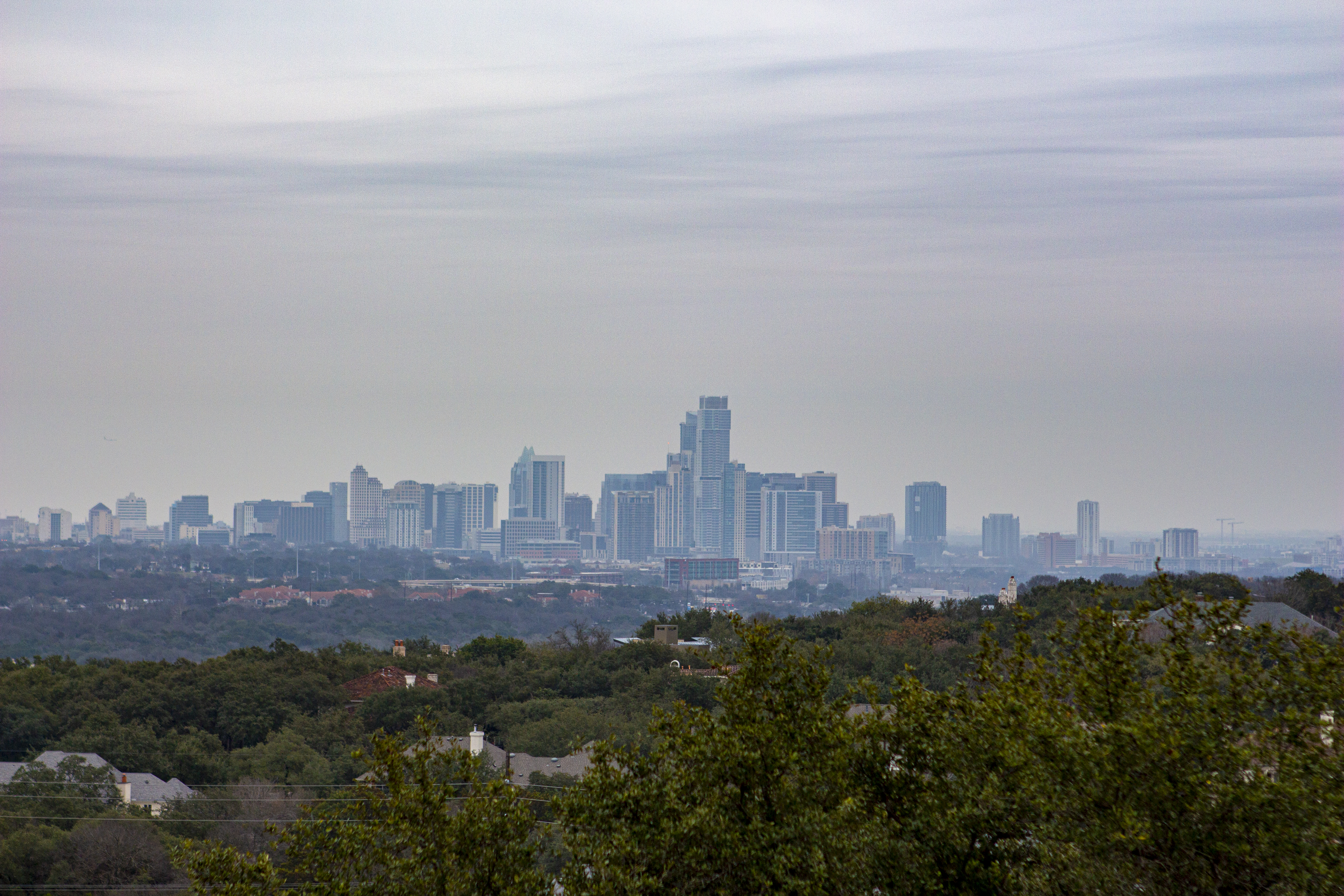City of Austin
FOR IMMEDIATE RELEASERelease Date: Mar. 14, 2024
Contact: Caleb Pritchard 512-560-8547 Email

New Census estimates show the Austin metro is the second-fastest growing region in the country.
Breaking a 12-year streak as the fastest growing large metro area in the country, Austin and its surrounding communities slipped into second place between 2022 and 2023, according to new estimates released by the United States Census Bureau. The Austin-Round Rock-San Marcos Metropolitan Statistical Area (MSA) added more than 50,000 residents between 2022 and 2023, growing at a rate of 2.1 percent. Per the new data, which was released on Thursday, the Austin MSA is the 26th most populous metro area in the country and saw the seventh-largest numeric increase in population between 2022 and 2023.
“These population estimates show a continued trend of strong and rapid population growth for the Austin metro area even if we’re not at the very top of the list,” said City of Austin Demographer Lila Valencia.
Although migration continues to be a major driver of growth in the Austin region, migration from other states and other parts of Texas made up a smaller share in 2023.
The slower growth rate in the region can be attributed to historically low domestic migration. Domestic migration (migrants moving into the metro area from other parts of Texas and other U.S. states) is the lowest it has been in the past decade. Even though international migration was the highest it has been in more than 10 years and natural increase remained relatively consistent, the declines in domestic migration resulted in a slower growth rate for the Austin metro area.
All three of the largest counties in the Austin metro area – Travis, Williamson, and Hays – saw lower net migration between 2022 and 2023. However, the steepest declines were seen in Travis County, where estimates indicate more people are moving out of rather than into the county, resulting in negative net migration.
County-level Population Estimates
Six of the 10 fastest-growing counties and eight of the top 10 counties that led the nation by total numeric change in 2023 were in Texas. None of those include any of the Austin MSA counties, except for Williamson, which made both lists. The remaining fastest-growing and largest-gaining counties were found in the Dallas, Houston, and San Antonio metro areas.
“Historically, the Austin metro area receives about 50 percent of domestic migrants from other parts of Texas and about 20 percent from out of state. When we receive additional data on migration flows, we’ll have a better understanding of the number and origins of domestic migrants to the Austin metro area,” said City of Austin Demographer Lila Valencia.
The newly released data is crucial in determining how the federal government proportionately distributes billions of dollars in grants and program funding for social services, community development, and the construction of schools, roads, and hospitals.
Data from the Census also play a central role in redrawing boundaries for representative districts for the U.S. Congress, Texas Legislature, and Austin City Council districts.
For more information visit AustinTexas.gov/Demographics.
In May, the U.S. Census Bureau will release population estimates for U.S. cities and towns as well as estimates of housing units at the national, state, and county levels.

